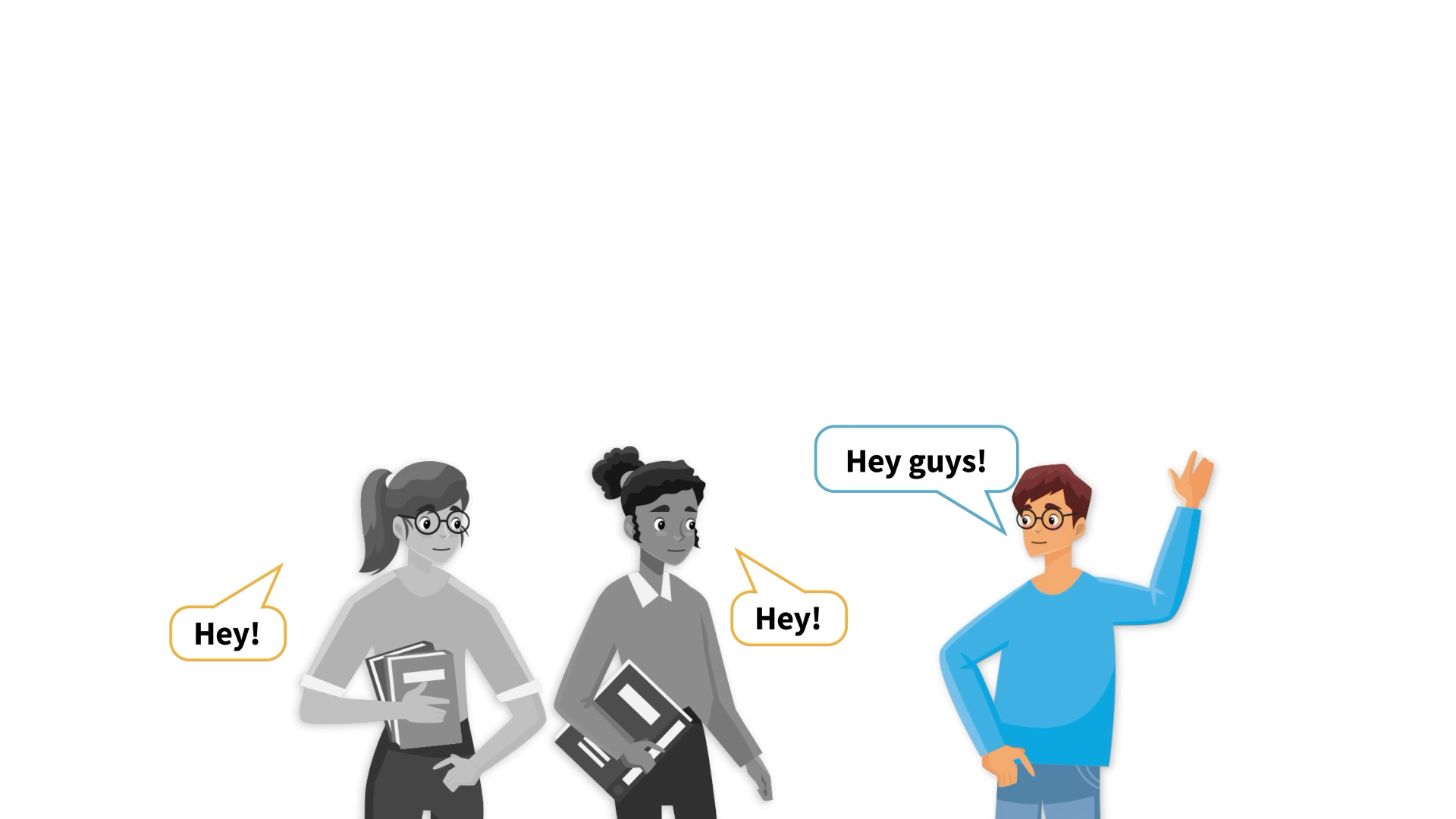
In this blog post, we will explore the importance of teaching students how to get someone’s attention without touching or hitting. Instead, we’ll focus on using words and other non-physical methods. By incorporating principles of Social-Emotional Learning, we can help students develop positive communication skills and foster healthy relationships with their peers.
Introduction
Teaching students to get someone’s attention using words is an essential skill. When students learn to communicate effectively without resorting to physical touch, they can avoid causing harm or upsetting others. This skill also helps students develop patience, respect for personal boundaries, and awareness of social cues. In this blog post, we’ll discuss an easy-to-implement activity, thought-provoking discussion questions, and additional related skills to help educators teach students how to get someone’s attention using words.
No-Prep Activity: The Attention-Getter Game
This simple activity requires no preparation or materials and can be easily adapted for various age groups and classroom settings. The Attention-Getter Game helps students practice using words to get their peers’ attention.
- Have students sit in a circle.
- Choose one student to be the “attention-getter.” This student will try to get the attention of another student in the circle using only words.
- The chosen student must look around the circle and select another student who appears to be “busy” (e.g., talking with a neighbor or looking away).
- The attention-getter must use words or phrases, such as “Hey, [name]!” or “Excuse me, can I talk to you?” to get the chosen student’s attention.
- If the chosen student responds, the attention-getter can share a brief message, such as a fun fact or a compliment.
- Rotate roles so that each student has the opportunity to be both the attention-getter and the chosen student.
Through this activity, students will practice using words and phrases to get someone’s attention in a respectful and effective manner.
Discussion Questions
After completing the Attention-Getter Game, facilitate a discussion with your students to deepen their understanding and encourage reflection. Here are some questions to consider:
- How did it feel to use words to get someone’s attention instead of touching them?
- Why is it important to respect others’ personal space and boundaries when trying to get their attention?
- What are some situations in which using words to get someone’s attention might be especially important?
- How can you tell if someone is busy or not ready to listen before trying to get their attention?
- What strategies can you use to remain patient and calm while waiting for the right moment to get someone’s attention?
Related Skills
As students learn to get someone’s attention using words, they also develop other essential social-emotional skills, such as:
- Active Listening: Students learn to listen attentively and respond appropriately to others, which is crucial for effective communication and relationship-building.
- Empathy: By understanding and respecting others’ personal boundaries, students develop empathy and learn to consider the feelings of others.
- Patience: Waiting for the right moment to get someone’s attention teaches students the value of patience and self-regulation.
- Nonverbal Communication: Recognizing social cues and body language helps students become more aware of their own nonverbal communication and interpret the signals of others.
Next Steps
If you found this blog post helpful and would like to explore more Social-Emotional Learning activities and resources, sign up for free sample materials on our website. You’ll gain access to a variety of engaging activities, videos, and lesson plans designed to help students develop essential social-emotional skills. Don’t miss this opportunity to support your students’ growth and success!

